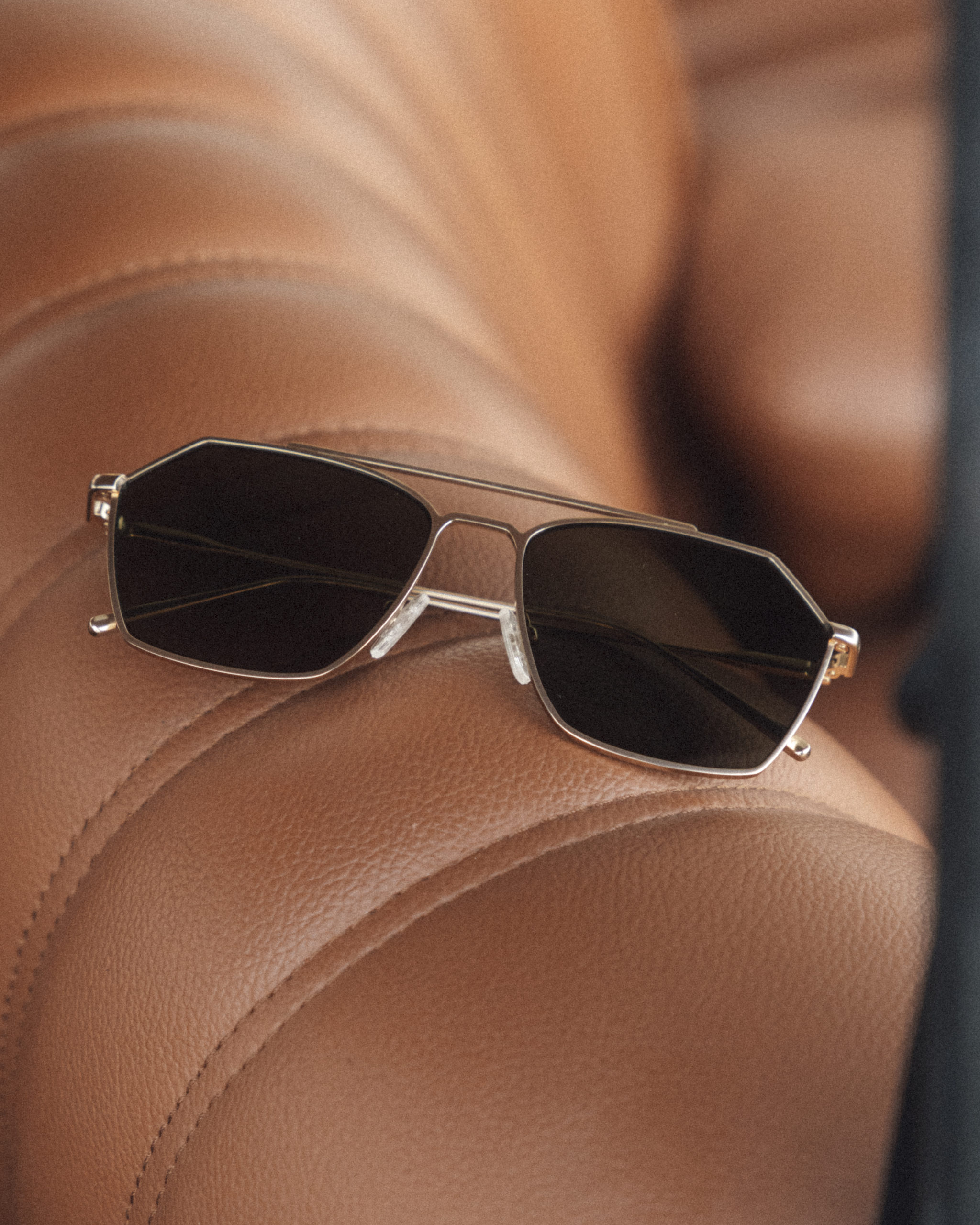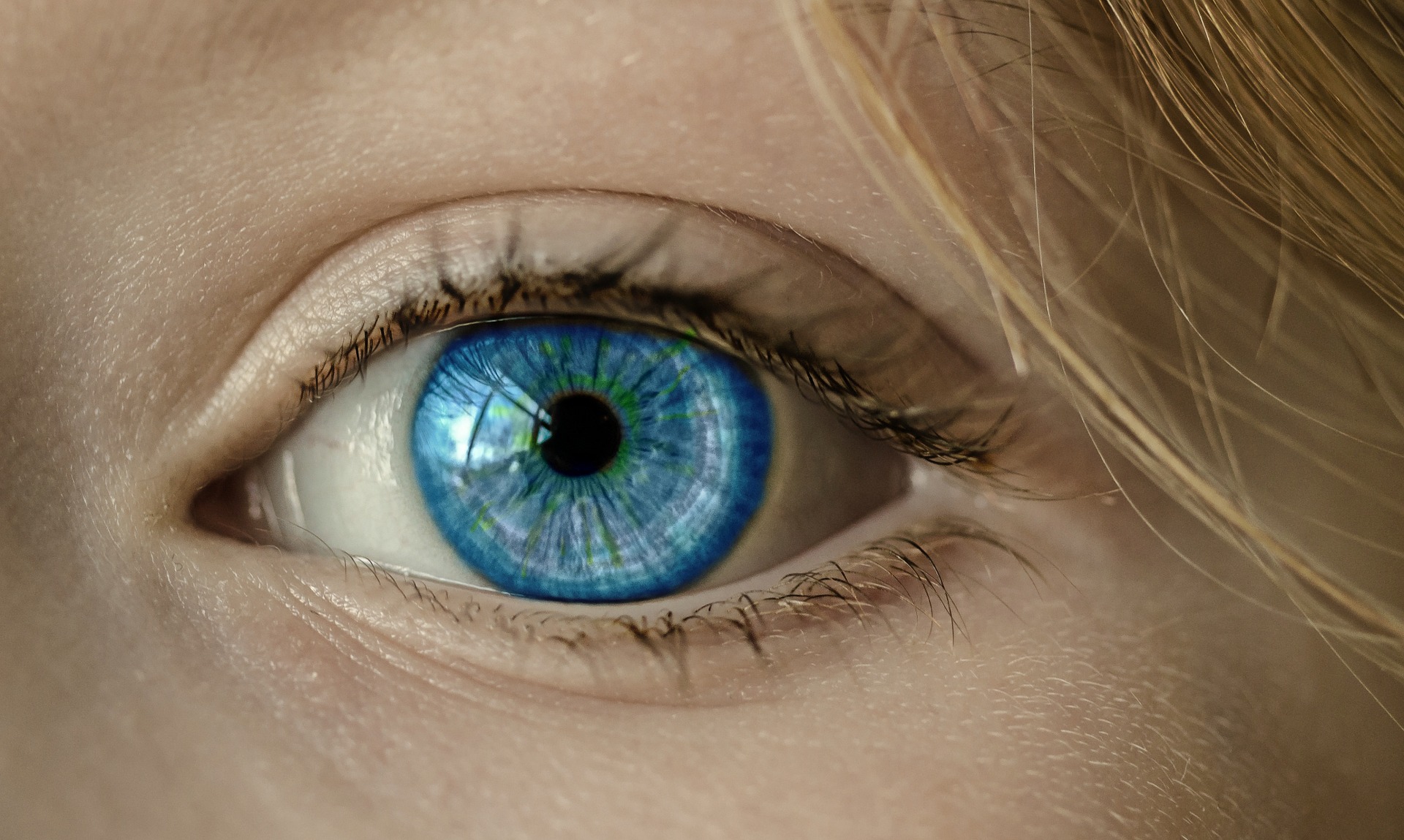Wearing glasses for the first time: What to expect?
Whether you have just started wearing eyeglasses or have received a new glasses prescription, it may take some time for the initial adjustments. During this adjustment period, most people can experience symptoms like headaches, dizziness, itchy, red, and sore or tired eyes. Some people have even reported that their vision feels worse with the new glasses than without wearing them. This can be completely normal for few in the initial days. All of these problems occur because your eye muscles have become used to working within the constraints and available abilities. As soon as the eyes and eye muscles get used to relaxing, the headaches and soreness will disappear.
How long is the period of adjustment?
It is important to know many people will get used to new glasses in 2-3 days, it can even take up to a few weeks for your eyes to get completely adjusted with the new glasses. You may take longer to adjust with your new pair of glasses, especially if your glasses have multiple lenses, like bifocal, trifocal, multifocal or progressive lenses. The symptoms will reduce in severity and time of occurrence. However, if after 1 week of regular wear of your new glasses, still don’t feel right and noticing the headaches, vision problems to worsen, do discuss this with your eye doctor.
Tips for adjusting with the first pair of eyeglasses
- Cleanse your glasses regularly. For those who are not used to wearing glasses, even the smallest dust particle can increase the discomfort.
- Do not get away with wearing eyeglasses. Wear them as and when required.
- Take a break if the eye strain is high enough to cause a headache.
- Do not plan strenuous activities like long-distance driving during your first few days with your new eyeglasses. Start with putting your glasses on while sitting down. The next step is to wear them while walking up and down the stairs, and then speed walking or exercise. Eventually, you can move to drive while wearing the new glasses.
- Move your head as you would normally while seeing or doing routine activities. Most first-time eyeglass wearers make a conscious effort to move their eyes but not their heads.
- Try your glasses early in the morning. This helps you get used to glasses and prevent eye symptoms from occurring later in the day, while you may have less time to let the adjustment phase interfere with work and routine activities.
- Check your frames too. They should be neither tight-fitted or loose. Feeling a continuous pressure on the bridge of your nose may be a sign that your frames may be too tight. If they keep on sliding down your nose, they may be loose.
- Get your frames adjusted or replaced by your optometrist.
Many times, even a manual adjustment of frames can help with adjusting eyeglasses. However, start with small adjustments. Do not apply too much pressure since it may distort the shape of the frames to a greater deal than you would think. Always make sure to try your glasses on after each adjustment before making any further adjustments.
Here are few tips to help you fix minor issues in frames on your own:
Think your glasses are tilted or off center?
Set your eyeglasses upside down on a flat surface like a table. Please ensure that both ear pieces of the eyeglasses should be resting on the table. If one of the earpieces appears elevated off the table, an adjustment may be needed to match the other eyepiece.
Think your glasses are too high or low?
If your glasses feel too high or low, the nose piece may need an adjustment. Spread the nose pieces. This lowers the placement of your frames and helps bring the nose pieces together. This, in turn, will raise the frame.
Exercise comes to the rescue
Certain exercises can help in early adjustment with your glasses, bifocal lenses in particular:
- Practice to see objects at a distance by looking straight ahead and focus
- Practice to focus on near placed objects by looking through the bottom of your lenses
- Look at things through varying parts of your lenses, while moving your head up and down.
Not a first-time eyeglass-wearer but got new glasses?
At times, many people have experienced their new glasses to feel different even though the prescription has remained exactly the same as their old glasses. The most possible cause for this can be the positioning of the lenses in the eyeglasses. Few factors that can affect the placement of lenses in your eyeglasses include the shape of the glass frame and the distance from the back of the lenses to your eyes. This effect is often experienced by people with higher prescriptions. For example, if you have a -5 or higher, the optics of the lenses will feel a bit different, for the first few days. This will settle on its own within some days.
Take away message
The trick is to wear your glasses every day in order to get used to them. If you continue to struggle with headaches, or watery eyes while wearing your new glasses for more than 2 weeks, do consider consulting your ophthalmologist, and if required, optometrist.







